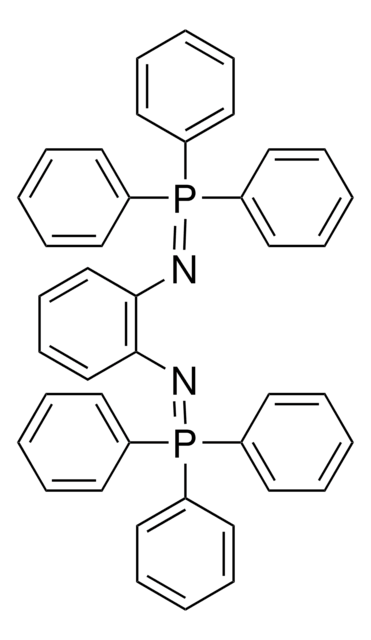LDE-511
Lyophilized Liposomes - Diether Lipids
18:0 Diether PC:Cholesterol (70:30 molar ratio)
About This Item
Recommended Products
form
lyophilized powder
composition
18:0 Diether PC:Cholesterol (70:30 molar ratio)
color
white to off-white
mean particle size
100 nm
Looking for similar products? Visit Product Comparison Guide
General description
Liposomes are extensively used to study the interaction of proteins, peptides and other molecules with the surface of a lipid membrane. One of the parameters that affects this interaction is the charge of the liposomal membrane. Liposomes are always made in aqueous environment and they are sized to the desired size in liquid state using various methods such as high-pressure extrusion through nano sized pore track etch membranes. In rare occasions, liposomes are freeze dried and proliposomes are formed in the presence of a lyoprotectant such as trehalose. Using a lyoprotectant is necessary in order to maintain the size of the liposomes after rehydration.
Liposomes made from ether lipids exhibit very unique characteristics and performance: a) the ether bonds are more stable than ester linkages over a wide range of acidic or alkaline pH; b) stability properties of the liposomes is enhanced by bipolar lipids, and the saturated alkyl chains gives stability towards degradation in oxidative conditions; c) the unusual stereochemistry of the glycerol backbone enhance the resistance against the attacks by other organism phospholipases.
Phospholipase A2 (PLA2) cannot hydrolyze the ether lipid liposomes. Diether lipids do not go through hydrolysis due to having an ether bond instead of an acyl bond and therefore to do that, they are a suitable candidate for experiments that needs to be performed at a higher temperature for an extended period of time.
Application
- Liposomes are formed upon hydration of the lyophilized formulation. If the lyophilized liposomes are hydrated with solution containing a water-soluble drug, then a large percentage of the drug will stay outside of the liposomes and in non-encapsulated form. It is advised to use a micro dialysis cassette or a spin column using the right-side beads (depending on the size of your drug) and separate the drug encapsulated liposomes from free drug and perform the drug assay in order to calculate the encapsulation efficiency.
- Lyophilized liposomes are mainly recommended to be used with drugs that have a short life in aqueous solution mainly due to hydrolysis. After adding the solution of the drug to lyophilized liposomes, the liposomes should be used immediately.
- Lyophilized liposomes products should be used by scientists who understand liposome formulation and have the proper equipment in order to check the size, separate the non-encapsulated drug and do the proper assays.
- Trehalose is used as a lyoprotectant in all freeze-dried liposome formulation. The size distribution after hydration of the freeze-dried formulation will be around 100 nm.
- Freeze-dried liposomes should be kept at -20°C.
Storage Class Code
13 - Non Combustible Solids
WGK
WGK 3
Flash Point(F)
Not applicable
Flash Point(C)
Not applicable
Regulatory Listings
Regulatory Listings are mainly provided for chemical products. Only limited information can be provided here for non-chemical products. No entry means none of the components are listed. It is the user’s obligation to ensure the safe and legal use of the product.
JAN Code
LDE-511-10MG:
LDE-511-5MG:
Certificates of Analysis (COA)
Search for Certificates of Analysis (COA) by entering the products Lot/Batch Number. Lot and Batch Numbers can be found on a product’s label following the words ‘Lot’ or ‘Batch’.
Already Own This Product?
Find documentation for the products that you have recently purchased in the Document Library.
Our team of scientists has experience in all areas of research including Life Science, Material Science, Chemical Synthesis, Chromatography, Analytical and many others.
Contact Technical Service







